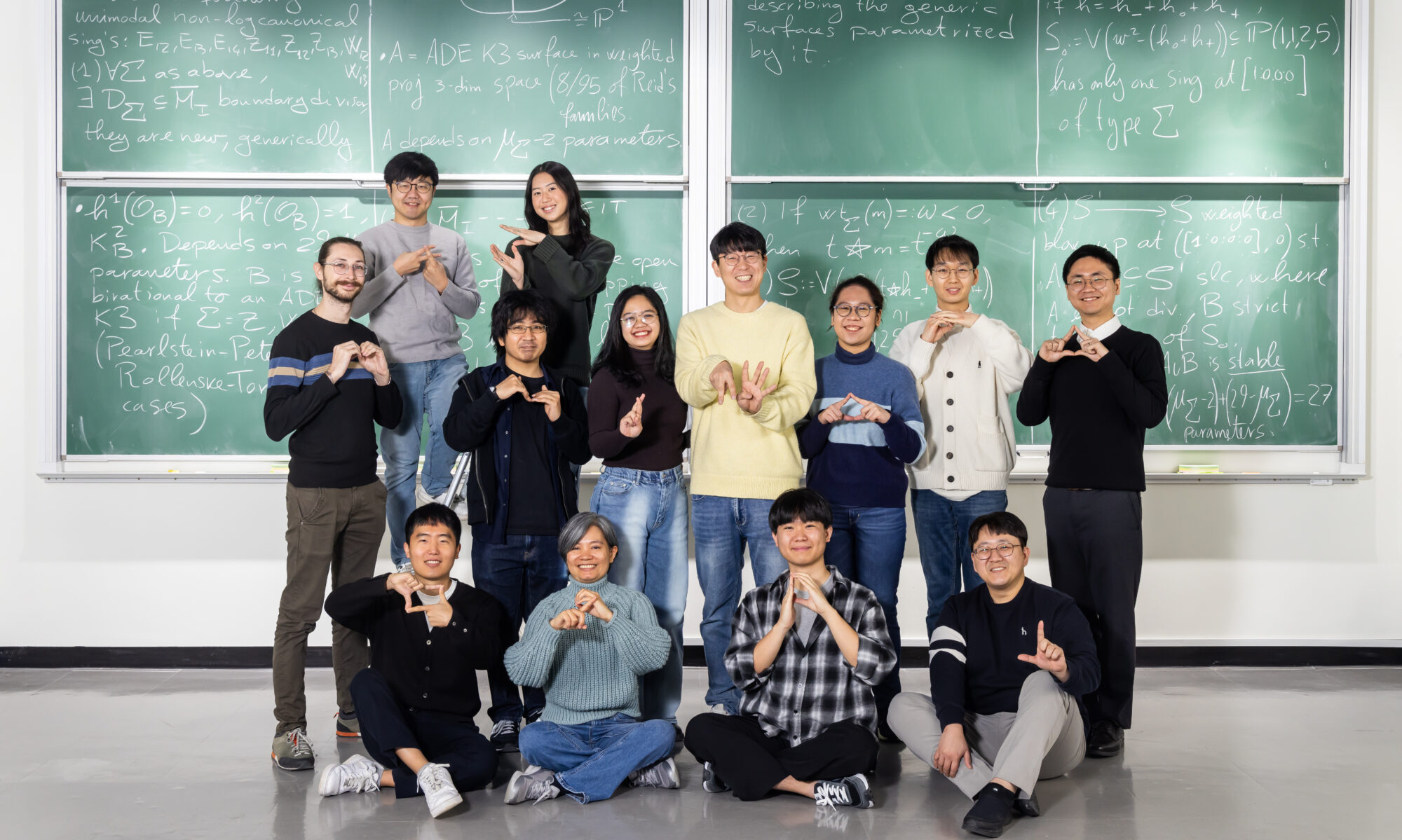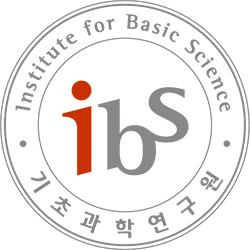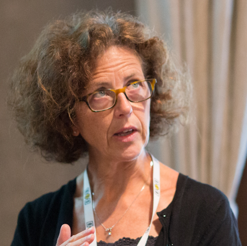Inference method for a stochastic target-mediated drug disposition model via ABC-MCMC
B305 Seminar room, IBS 55 Expo-ro Yuseong-gu, Daejeon, Korea, Republic ofAbstract: Inference method for a stochastic target-mediated drug disposition model via ABC-MCMC In this study, we discuss model robustness. Model robustness is consistent performance over variations of parameters. We formulate a stochastic target-mediated drug (TMDD) model, one of the pharmacokinetic models, to capture bi-exponential drug decay in plasma. A stochastic process is used to account …





